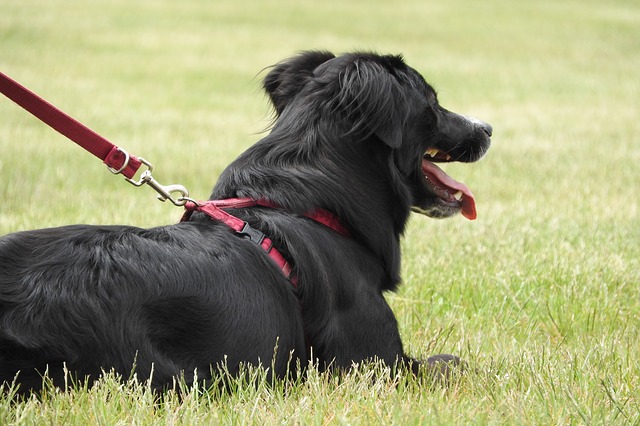You probably already know the basic definition of service animals. These animals are covered by the ADA, and can be a dog or miniature horse. Service animals help their handlers with a physical, sensorical, or psychiatric disability by performing specific tasks for their benefit.
In this Q&A, we answer the question: What are the different types of service dogs?
When it comes to service dogs, you may be wondering if there are different categories or types you should know about. To be clear, there is no universally accepted list of different types of service dogs. But here are some known categories which reflect a dog’s task:
- Autism assistance dogs – They help calm and ground individuals with autism.
- Diabetic alert dogs – These dogs detect abnormal blood sugar levels and alert their handler.
- Seizure response dogs – These dogs respond to their handlers’ seizures by retrieving medication, fetching a nearby person, or calling 911.
- Seeing-eye dogs – They guide visually-impaired or blind people. Sometimes, they are called “guide dogs” or “visual assistance dogs.”
Do you own an assistance animal? Register your pet today.
The Service Animal Registry of California invites you to have your assistance animal registered in order to designate its status. We also encourage you to take our online classes so you can be fully aware of your rights and gain more knowledge about your support animal.
Finally, we present to you our book entitled, “ASSISTANCE ANIMAL LAWS: LEARN YOUR RIGHTS REGARDING SERVICE ANIMALS, EMOTIONAL SUPPORT ANIMALS, THERAPY PETS, AND OTHER DOGS, CATS, AND ASSISTANCE ANIMALS” to provide you with a complete education on assistance animals.
Purchase your copy of the book by clicking the image below.


